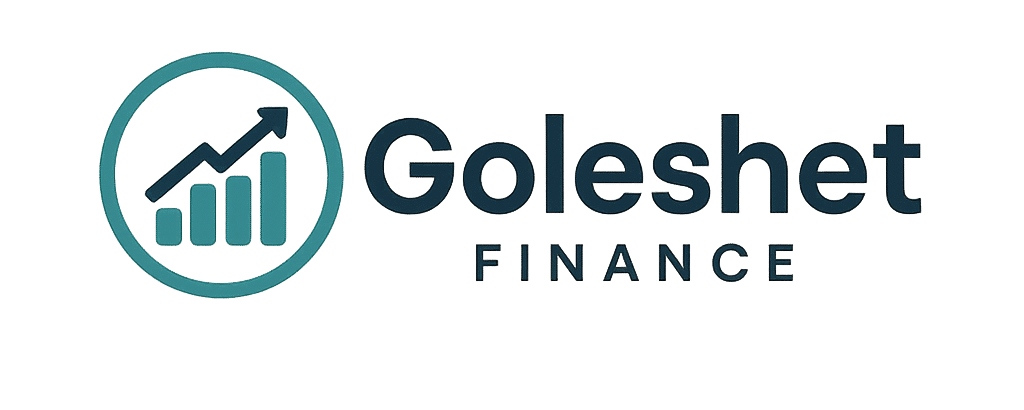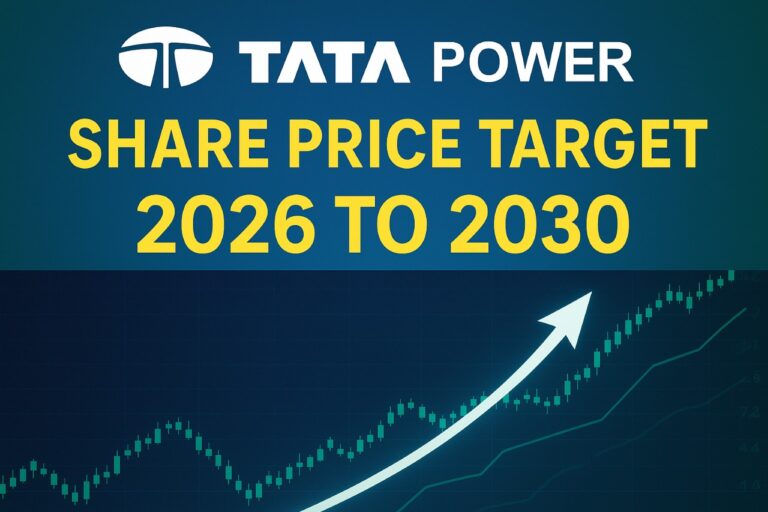Ola Share Price Target 2026 to 2030 – Analysts Predict ₹150+ by 2030
Ola Electric has been one of the hottest names in India’s EV sector since its IPO. The stock has seen heavy investor interest, backed by the company’s strong presence in the electric two-wheeler market. In recent months, Ola has delivered over 68,000 units in a single quarter, capturing nearly 20% market share, proving that demand for EV scooters is rising fast.
Brokerages are also keeping a close eye. HSBC recently raised its target price for Ola from ₹45 to ₹49, citing better margins. At the same time, other analysts remain cautious, pointing to profitability concerns and rising competition. With such mixed signals, investors are now asking: What could be the Ola share price target for 2026 to 2030?
Let’s explore possible scenarios, risks, and growth triggers that could define Ola Electric’s stock journey in the next five years.
Ola’s Current Standing in the EV Market
Ola Electric is not just another startup – it is India’s largest EV scooter manufacturer by sales volume. The company is also investing heavily in a battery gigafactory, aiming to reduce dependency on imports and lower costs.
Despite strong sales, Ola has yet to achieve consistent profitability. Rising input costs, high R&D spending, and policy uncertainty continue to pressure margins. Still, with government EV incentives and growing urban demand, Ola remains a leader in India’s transition to green mobility.
Ola Share Price Target 2026 to 2030 – Yearly Forecast
| Year | Base Case | Bull Case | Bear Case |
|---|---|---|---|
| 2026 | ₹70 – ₹85 | ₹90 – ₹110 | ₹50 – ₹65 |
| 2027 | ₹80 – ₹95 | ₹110 – ₹130 | ₹55 – ₹70 |
| 2028 | ₹90 – ₹110 | ₹120 – ₹140 | ₹60 – ₹75 |
| 2029 | ₹100 – ₹120 | ₹130 – ₹150+ | ₹65 – ₹80 |
| 2030 | ₹110 – ₹130 | ₹140 – ₹170 | ₹70 – ₹90 |
These projections are based on Ola’s expansion plans, government support, and global EV adoption trends.
Key Drivers That Can Push Ola Higher
-
Battery Manufacturing – In-house cell production will improve margins.
-
Government Incentives – EV subsidies and PLI schemes will drive adoption.
-
Product Expansion – Launch of new scooters, bikes, and three-wheelers.
-
Global Markets – International expansion could add new revenue streams.
-
Profitability Milestone – Ola targets to become free cash flow positive by FY26.
Risks That Investors Must Watch
-
Sudden subsidy cuts could reduce demand.
-
Strong competition from Hero, Ather, Bajaj, and international brands.
-
Profitability pressure due to high input costs.
-
Supply chain issues affecting battery availability.
Conclusion
The Ola share price target 2026 to 2030 remains a high-risk, high-reward story. In the bull case, Ola could cross ₹150+ by 2030, while in the bear case, it might struggle below ₹90.
For now, Ola is a stock for investors who believe in India’s EV revolution and are willing to ride out short-term volatility.







